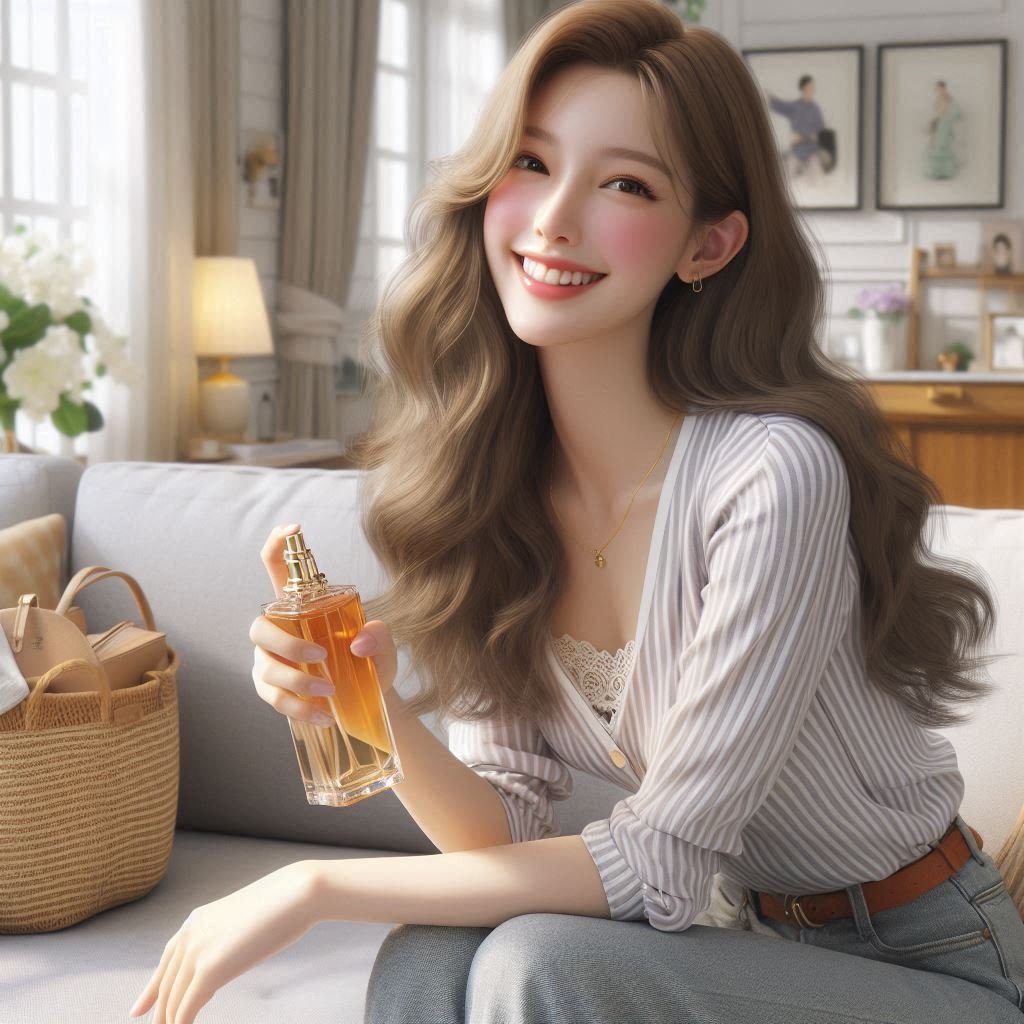
High living has always been associated with the use of perfumes. In the old days with royalty people espousing the need for fragrances, the bourgeois society soon followed.
Perfumes from natural odorants like sandalwood or musk were preferred. In today`s world due to illegal trafficking and species endangerment, natural odorants are replaced by synthetic aromatics. Both have their advantages and disadvantages. Aromas like musk from natural ingredients are extremely complex and have been impossible to imitate through synthetic aromatics like nitro-musks or macrocyclic musks. On the other hand, synthetic aromas like ozone, marine, metallic, etc., have no parallel olfactory relationship in the natural odorants.
So nowadays with modern technology of perfume manufacturing and synthetic aromas, new categories have been created. Categories that can be best described as: 1 – Bright Floral – very popular and meant for almost everyone and all occasions; 2 – Woody – it evokes the forest refreshing smell; 3 – Green – it has a lighter fragrance and is meant for casual wear; 4 – Oceanic – it is very popular among the younger generation; 5 – Spicy Fruit – a good choice for tropical weather or during summer; 6 – Oriental – it is meant for special occasions. Spicy scents.
It is very important the composition of perfumes, because the right combination of scents (as rose, jasmine, cola), modifiers (esters), blenders (linalool, hydroxycitronellol) and fixatives(like resins, wood scents and amber), can provide the unique smell by which brand name perfumes are so famous and desired for. Some famous brand name perfumes are:
1 – Eau de Cologne (1709)2 – Chanel No. 5 (1921)3 – Opium YSL (1977)4 – Azzaro Pour Homme (1978)5 – Anais Anais (1979)6 – Poison Christian Dior (1985)7 – Eternity Calvin Klein (1988)8 – Envy Gucci (1997)9 – Nu YSL (2001)10 – Rose 31 (2006
Also, preservation of perfumes is of vital significance as it degrades if kept carelessly. Previously all perfumes used to come in open bottles with caps. These bottles kept the fragrance intact for about a year. As it was used, the level of the perfume went down, and it was exposed to oxygen contained in the empty space of the bottle. This eventually changed the perfume`s fragrance. Heat, light, oxygen, and extraneous organic materials, further distorted the fragrance. Thus glass bottles, though extremely decorative, allowed light, and contributed to the degradation of the scent.
It is now a well known fact that light-tight aluminum bottles are best for the preservation of perfumes, especially when they are refrigerated at low temperatures from 3 to 7 degree Celsius. The oxygen contained inside the bottle cannot be removed completely but it can be minimized by the use of rollers instead of open bottles. Further minimization of oxygen exposure can be attained by the use of sprays.
Thus almost all modern day perfume come in spray bottles, which isolate the perfume from mixing with outside oxygen, skin, detritus, and dust, thereby promoting the longevity of the olfactory quality of the perfume.




